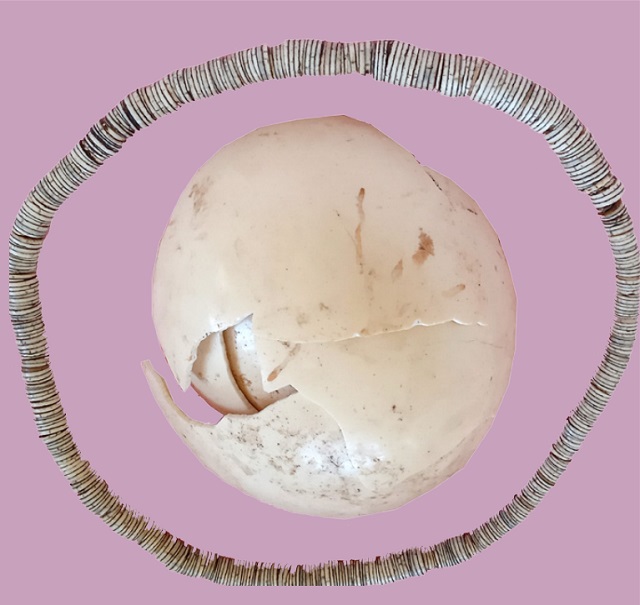
Karimojong enduring attachment to their culture.
Kampala, Uganda | DOMINIC MUWANGUZI | Notwithstanding the social- cultural stereotype often attached to the Karamojong, a north- eastern ethnic group in Uganda, the group is privileged to preserve it’s distinct traditional norm and practices in the contemporary times. A visitor to Moroto and Napak some of the constituents that inhabit the pastoralist community will be struck by the hordes of local people living in mud and wattle shelters with grass thatched roofs, clustered in large homesteads. The Manyata, as they are commonly known, occupy a large stretch of the dry plains with herds of cows and goats roaming the plains along side lean older and young men tending to them. On the other hand, women strikingly appear walking in groups with heavy ornaments adorning their necklines, wrists and ankles. The younger ones have strapped half naked children on their backs as they toil in the scorching sunshine. To a regular visitor, they will conclude this is a backward community still living in the stone age era. Yet, this unrefined way of life suggests a strong attachment to the norm s and tradition that distinguishes them from other groups. But also indicate an enduring tradition to preserve culture from one generation to the next.
A close interaction with the community through community leaders reveals that each of the norm and practices kept imbue a particular meaning. To compliment these customs are rituals that are performed during the rites of passage from child birth and naming to the marriage ceremony or death. For example at birth children are tattooed with particular patterns on the face to identify the clan they belong to and often a cow or goat is slaughtered to appease the gods. The birth of twins is interpreted as a big blessing to the community. In fact the twins are believed to posses divine powers and therefore can bless and curse at the same time. The community often interfaces with them before going to war for blessings.
Furthermore to illustrate the depth of these norms and practices, is the rich material culture attached to the day to day life of the pastoralist group. In this, each activity, in the community require the use of a particular object or group of objects to accomplish its deserved purpose. Hence, there’re milk troughs used in the milking of cows, stools used for each group of people, inclusive of elders in the community and necklaces worn by mothers of twins and twins themselves. The objects are produced by the community from largely materials extracted from the community like cow hides, iron metal and tree trunks. An example, is Ngalaga a necklace worn by fully settled married women or Ekadong a female bell created from bronze, worn on the anklets. Nonetheless, the group barter traded with Arab traders from the East African Coast. A major item obtained through the trade was the coloured beads that were used to make necklaces for mothers of twins. Additionally the coloured beads are used to create necklaces for young women as form of mentioning their worth to the husband- to- be.
 The Karamojong are a unique group of people because of the strong attachment to their culture. This inclination to traditional lifestyle reflects a deeper understanding of who they are as a people. Hence, albeit the growing tide of modernization within their community, they fervently adhere vto the norm and rituals passed to them from their ancestors. Incidentally this “backward way if life” ironically can be used to argue that the Karimojong are an intelligent group of people because of the promotion as and preservation of their cultural identity.
The Karamojong are a unique group of people because of the strong attachment to their culture. This inclination to traditional lifestyle reflects a deeper understanding of who they are as a people. Hence, albeit the growing tide of modernization within their community, they fervently adhere vto the norm and rituals passed to them from their ancestors. Incidentally this “backward way if life” ironically can be used to argue that the Karimojong are an intelligent group of people because of the promotion as and preservation of their cultural identity.
****
Images courtesy of Karamoja Museum and Cultural Centre.
 The Independent Uganda: You get the Truth we Pay the Price
The Independent Uganda: You get the Truth we Pay the Price



